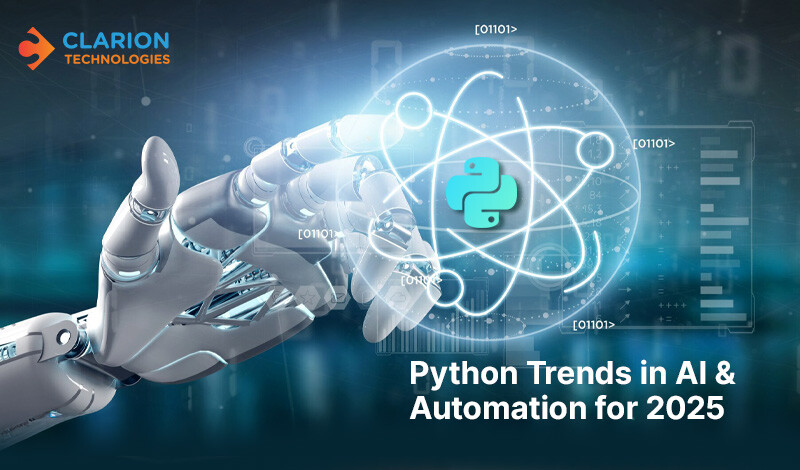As technology advances, businesses must adapt day after day to ensure they remain relevant and competitive. Hence, Java is one of the technologies, which keeps on being in the front line of computerized change. For more than two decades, Java has been a mainstay in the development of enterprise...
Learn how to build scalable mobile apps with AI and cloud integration. Discover step-by-step strategies, tools, and real-world examples to future-proof your mobile application.



 By Vinit Sharma - Technical Architect
By Vinit Sharma - Technical Architect
 By Amit Hiremath - CTO
By Amit Hiremath - CTO